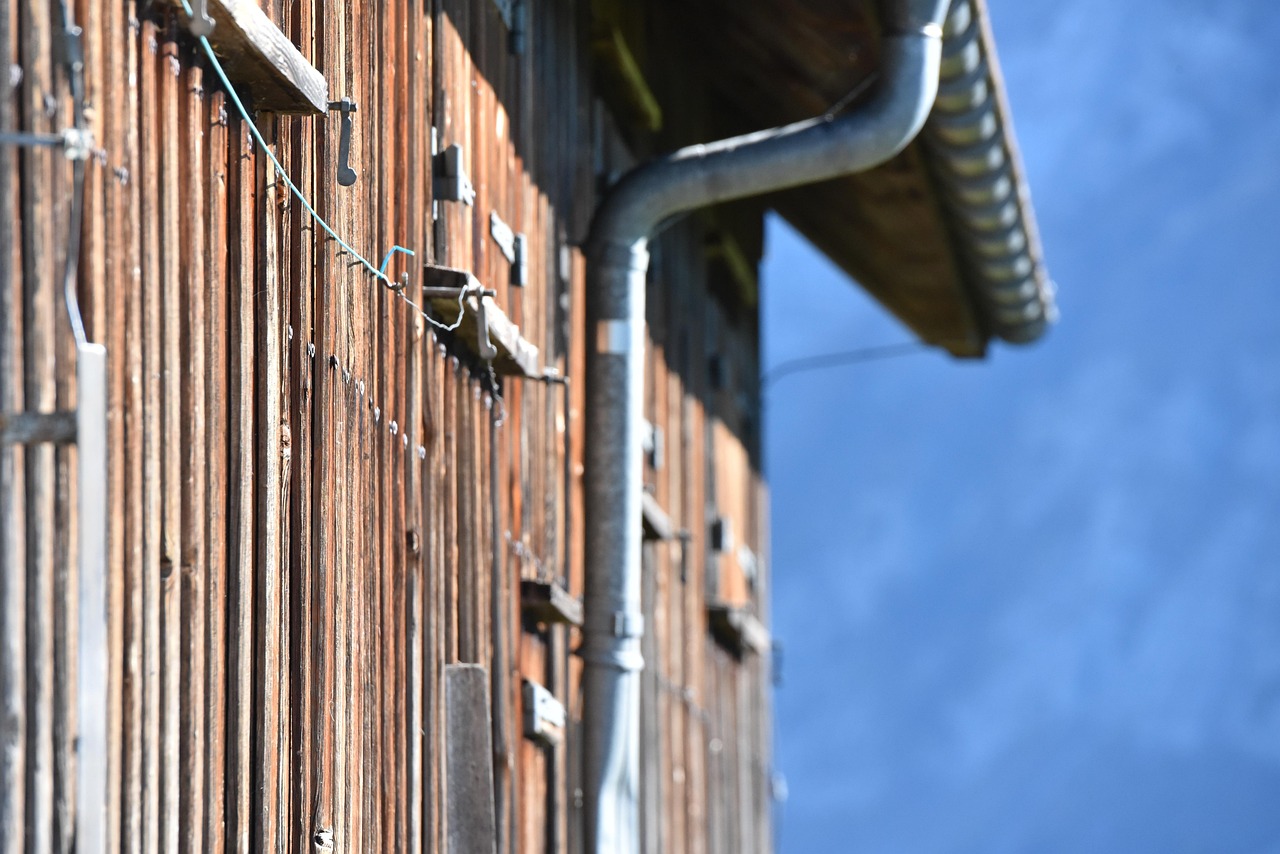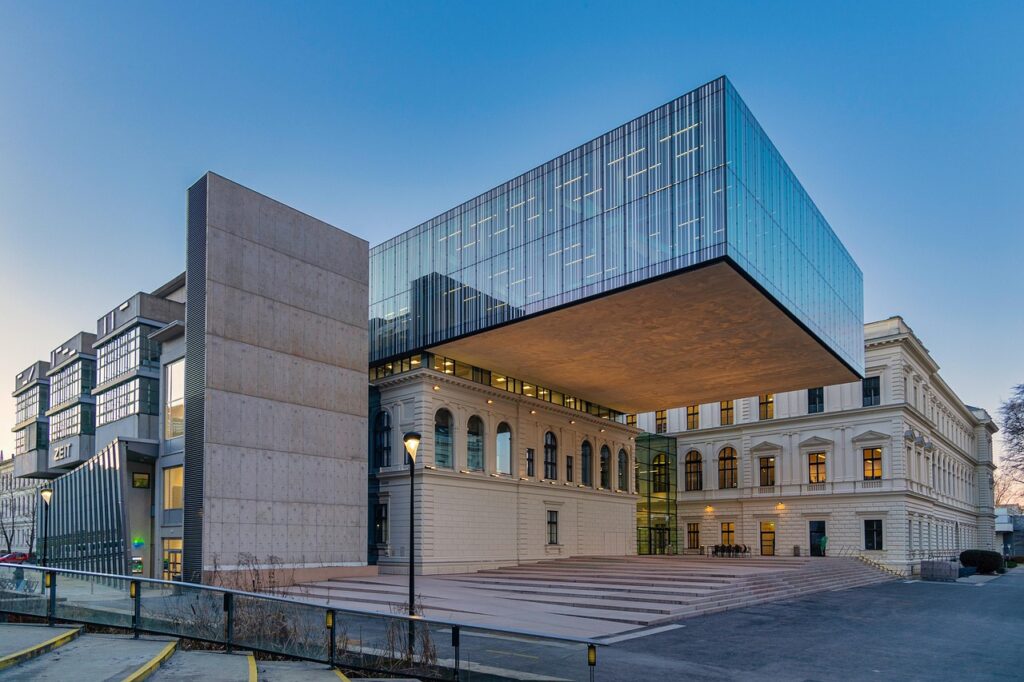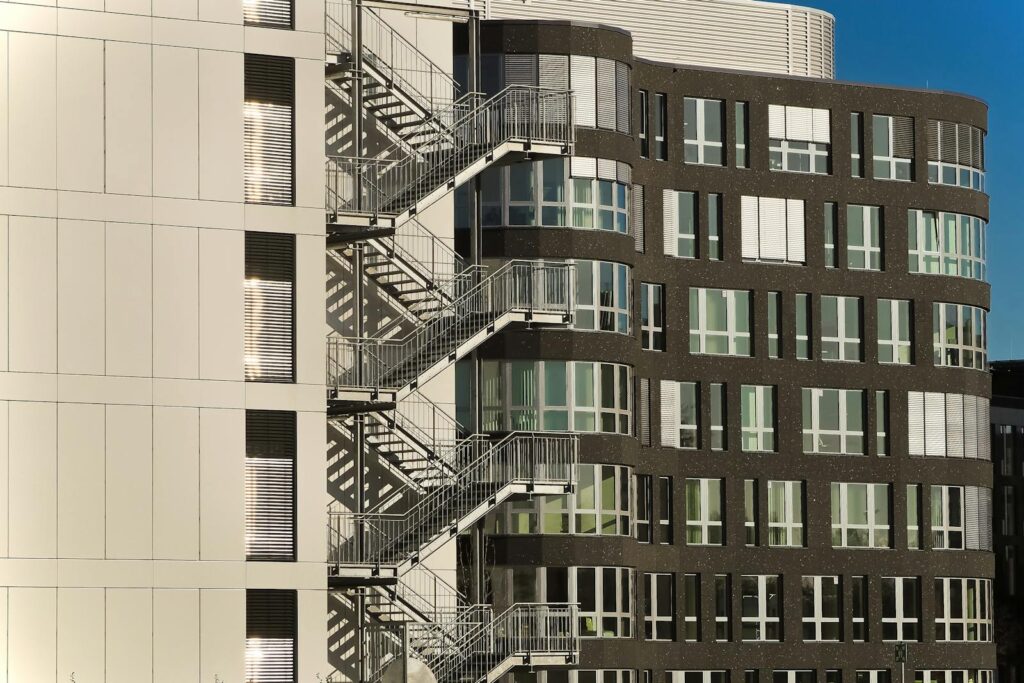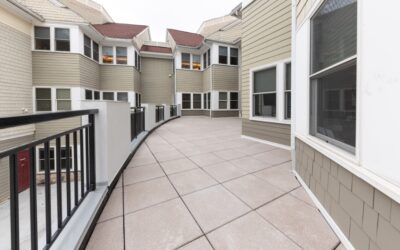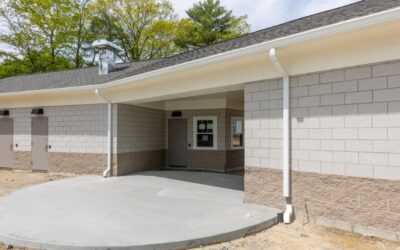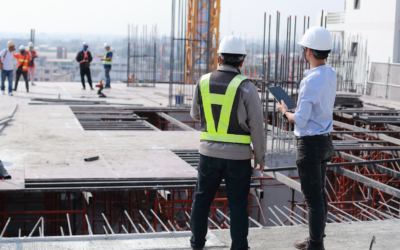Exterior cladding is one of the most critical decisions you’ll make in any construction or renovation project. It directly impacts not only the look and feel of your structure but also its performance, durability, and overall value. Exterior cladding is used on a wide range of buildings, from commercial properties to high-end luxury residences, to enhance both function and appearance.
Whether you’re a property developer, architect, contractor, or building owner, understanding your cladding options can help set your project up for success.
This guide dives deep into everything you need to know about exterior cladding, including what it is, how it compares to siding, the best materials to consider, and expert recommendations for choosing the right cladding for your needs. The right cladding can help your building stand out in its environment or market.
Along the way, we’ll explore how South Coast Improvement Company (SCI), a leader in design-build services, can streamline your project from start to finish.
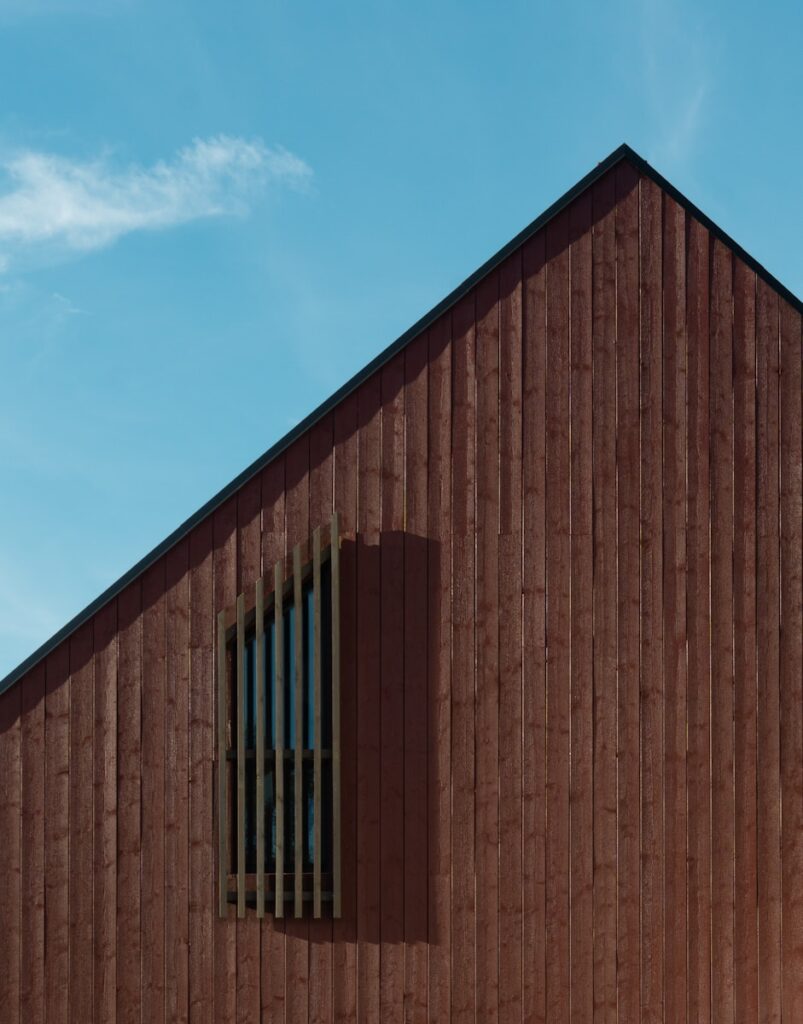
Photo by Vlado Paunovic on Unsplash
What Is Exterior Cladding and Why Is It Important?
Exterior cladding refers to the material or layer that is applied to the exterior of a building to protect its structure and facade, serving as the protective surface of the building.
Think of cladding as a protective skin that enhances performance, increases durability, and improves a building’s overall aesthetics.
Benefits of Installing Exterior Cladding
- Protection against elements: Cladding adds a robust shield that protects your structure from the outdoor environment, including weather, pollution, and other environmental factors.
- Improved insulation: Quality cladding options improve thermal performance, reducing heating and cooling costs.
- Enhanced aesthetics: Cladding comes in a wide variety of materials, colors, and textures, allowing you to achieve a unique look that matches your style. The surface of the cladding plays a key role in both appearance and durability.
- Low maintenance: Many modern cladding materials are built for longevity and require minimal upkeep, even in challenging outdoor environments.
- Added property value: Stylish, durable cladding systems can significantly increase a property’s appeal and resale value.
Cladding vs Siding
If you’re researching exterior finishes, you’ve probably come across the terms “cladding” and “siding.” Although they are often used interchangeably, there are some subtle differences worth noting.
- Cladding refers broadly to any material used to cover the exterior of a building. It typically includes more modern and diverse options and incorporates materials like composite panels, brickwork, or metal sheaths.
- Siding generally refers to traditional methods like wood slats, vinyl panels, or fiber-cement boards. Siding tends to be more common in residential settings, while cladding systems are often chosen for commercial or high-end architectural projects.
Which is better for your project? That depends on your specific needs and aesthetic preferences. If you’re building a custom-designed home with a sleek, modern style, cladding options like metal or composite panels may be your best bet. For more rustic or traditional designs, wood siding might give you the desired charm.
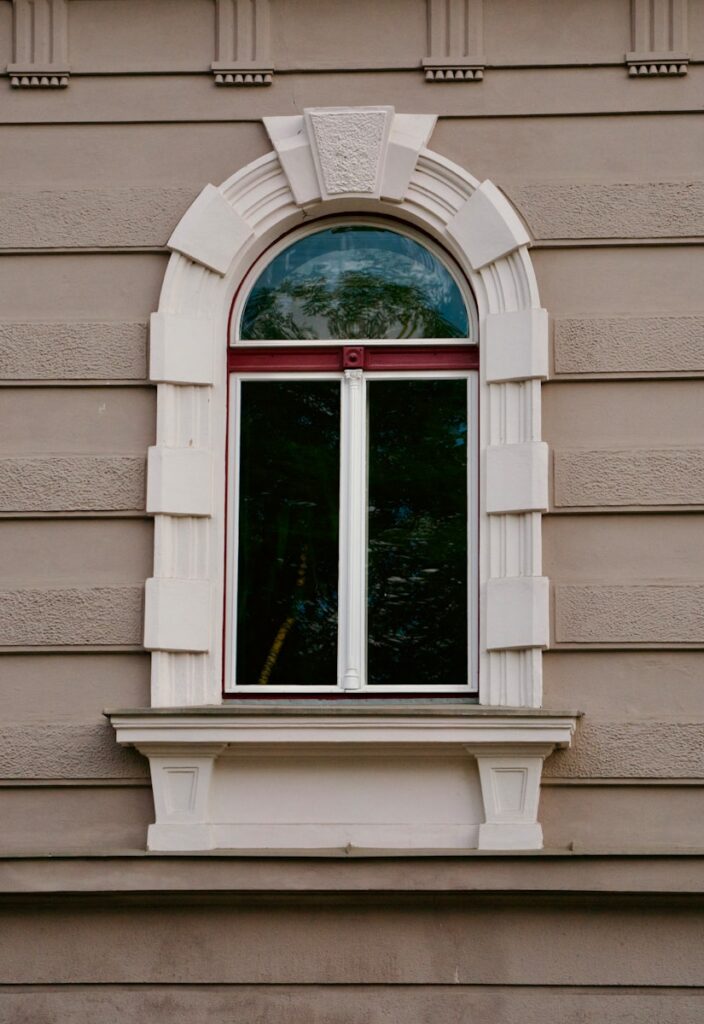
Photo by Garvit Nama on Unsplash
What Is the Best Material for Exterior Cladding?
There’s no one-size-fits-all answer when it comes to choosing the best material for your exterior cladding. It’s important to select cladding materials that provide long-term stability and structural integrity for your exterior walls.
Additionally, ensure your choices meet compliance requirements with local building codes and fire safety regulations, such as WUI (Wildland Urban Interface) standards. Here are some options to consider:
1. Wood Cladding
Pros: Offers natural beauty, a rustic charm, and eco-friendliness when sourced sustainably. Compared to other hardwoods like IPE, which is renowned for its exceptional durability and weather resistance, traditional wood cladding may not perform as well over time.
Cons: Requires regular maintenance, is prone to rotting and pests, and has limited weather resistance.
Best for: Traditional or rustic designs.
2. Brick Cladding
Pros: Provides a classic look, excellent durability, and fire resistance.
Cons: Can be costly and labor-intensive to install.
Best for: Traditional designs and high-end residential or commercial projects.
3. Metal Cladding
Pros: Highly durable, weather-resistant, and modern in appearance.
Cons: May dent or scratch over time and can be expensive.
Best for: Industrial or contemporary designs.
4. Composite Cladding (e.g., TimberTech)
Pros: Combines durability with low maintenance, offers excellent weather resistance, and replicates the rich texture of real wood. Composite cladding systems are designed to be easily installed, often featuring open-joint or rainscreen designs that allow air flow and effective drainage, helping to protect against moisture.
Cons: Higher upfront cost compared to wood or vinyl.
Best for: Modern or sustainable designs.
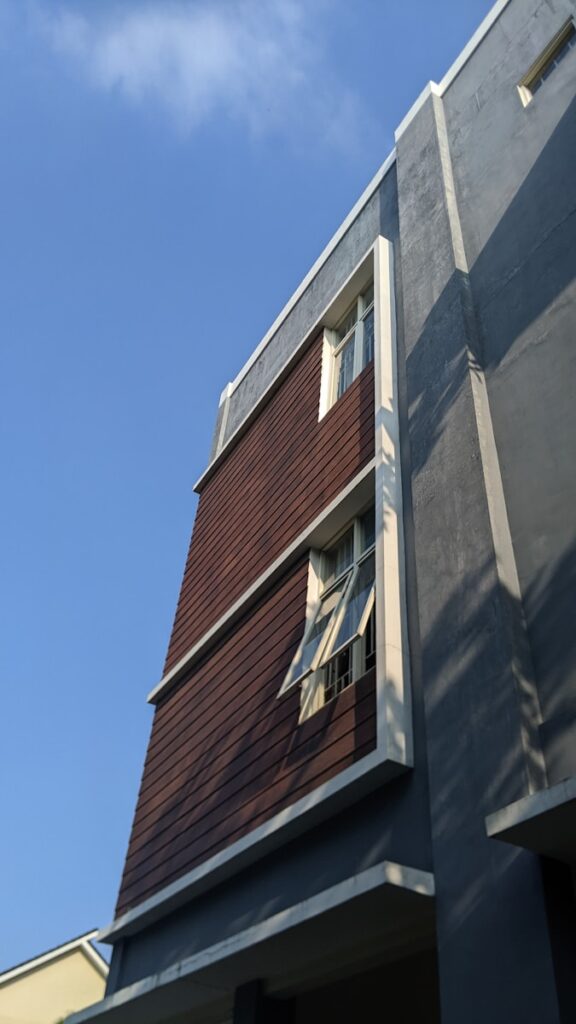
Photo by Muhammad Afnani on Unsplash
Cladding Styles and Designs
Cladding styles and designs have evolved dramatically, offering a stunning range of options to suit any architectural vision. Whether you’re aiming for a sleek, modern exterior or a rustic, traditional look, the right cladding system can transform your building’s appearance while delivering essential protection and performance.
When selecting a cladding system for your next project, careful consideration of both form and function is key. Today’s cladding options—ranging from real wood to engineered materials like TimberTech cladding—allow you to achieve unmatched durability, natural beauty, and weather resistance. TimberTech cladding, for example, is engineered for longevity and easy installation, making it a favorite among architects and builders seeking a bold look with minimal maintenance.
The installation process itself has seen significant innovation. Features like furring strips and high-quality fasteners not only speed up installation but also enhance ventilation and moisture management, ensuring your exterior walls remain stable and protected against the elements. This means a faster installation process and a more durable, long-lasting result.
Aesthetic appeal is another crucial aspect. The combination of different materials, textures, and board orientations can create depth, character, and a unique look that sets your structure apart. Whether you prefer the warmth of real wood, the industrial edge of metal, or the timeless charm of brick, there’s a cladding style to match your vision.
Here are some of the most popular cladding styles and designs to consider for your next project:
- Horizontal Cladding: A classic choice, horizontal boards offer a timeless look that’s suitable for a wide range of building styles and environments.
- Vertical Cladding: For a modern, sleek aspect, vertical cladding creates the illusion of height and adds a contemporary edge to any exterior.
- Open-Joint Cladding: Featuring intentional gaps between boards, this style introduces depth and texture, resulting in a bold, architectural statement.
- Closed-Joint Cladding: With interlocking boards, closed-joint cladding delivers a smooth, seamless finish that’s both stylish and highly weather-resistant.
- Metal Cladding: Engineered for unmatched durability and low maintenance, metal cladding is ideal for those seeking a bold, modern look with superior weather resistance.
- Brick Cladding: A traditional favorite, brick cladding brings warmth, character, and a sense of permanence to any building.
- Wood Cladding: For those who value natural beauty and a rustic feel, wood cladding—whether charred, stained, or left natural—offers a sustainable and visually rich option.
By thoughtfully combining materials and styles, you can create a cladding system that not only protects your building from moisture, snow, and other elements but also delivers a stunning, one-of-a-kind exterior. Remember, following full instructions for installation and maintenance is essential to ensure the longevity and performance of your chosen cladding.
As you plan your next project, explore the wide range of cladding options available—from innovative TimberTech cladding to classic real wood and modern metal. With the right combination of materials, design, and installation process, you can achieve a bold, beautiful exterior that stands the test of time.
TimberTech Cladding vs Real Wood Cladding Options
When considering cladding materials, many clients face the dilemma of choosing between traditional real wood and modern TimberTech composite cladding. Below is how they compare:
Real Wood Cladding
Why choose it: Nothing beats the natural beauty and timeless appeal of authentic wood. Wood is ideal for adding warmth and character to a building.
Potential drawbacks: Real wood requires frequent maintenance to prevent rotting, mold, warping, or pest damage. It may also lose its luster over time, leading to expensive refinishing.
TimberTech Cladding
Why choose it:
- Unmatched durability: TimberTech is engineered to withstand the harshest elements without splitting or rotting.
- Minimal maintenance: Unlike wood, TimberTech doesn’t require staining or sealing, saving you time and money.
- Natural beauty: While it’s made of composite materials, TimberTech cladding expertly replicates the texture and color variance of real wood.
- Weather resistance: It stands up against rain, snow, and even UV rays to maintain its appearance.
Potential drawbacks: Slightly higher initial cost, but the long-term savings on maintenance often outweigh this.
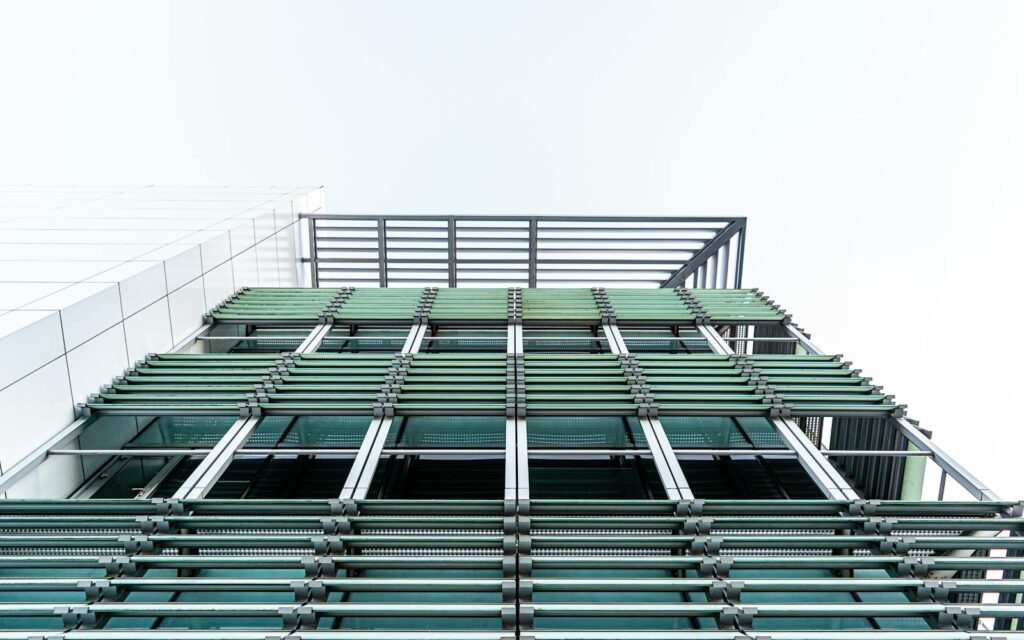
Photo by Kenrick Baksh on Pexels
Easy Installation and Streamlined Cladding System
Projects can be delayed or complicated if cladding installation takes too long. TimberTech cladding simplifies the process by offering a faster installation solution:
- Furring strips: TimberTech’s cladding systems incorporate furring strips for improved ventilation and moisture management.
- Efficient design: The modular nature of the cladding allows for seamless fixes and replacements without disrupting the surrounding structure.
- Reduced labor costs: An easy-to-install process means contractors can complete projects faster, saving you time and money.
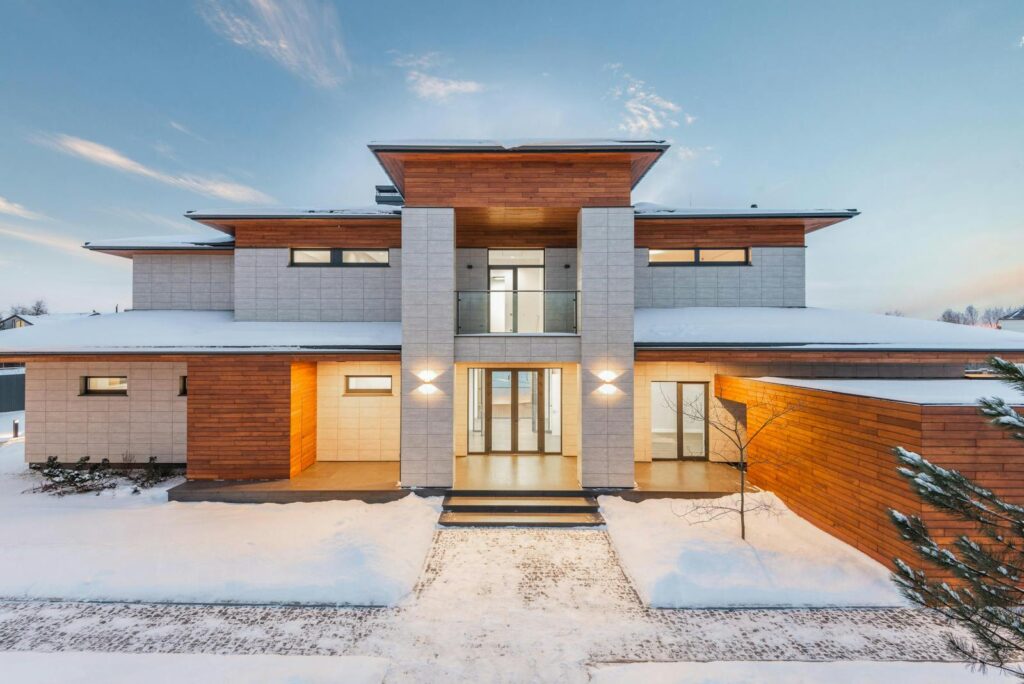
Photo by Max Vakhtbovycn on Pexels
Essential Factors to Consider When Choosing Cladding
Before you make a final selection, here are important considerations:
- Weather resistance for challenging climates.
- Durability against wear and tear, especially in harsh weather environments.
- Aesthetic appeal to complement your desired look.
- Maintenance requirements for upkeep affordability.
- Budget to align with your project’s financial constraints.
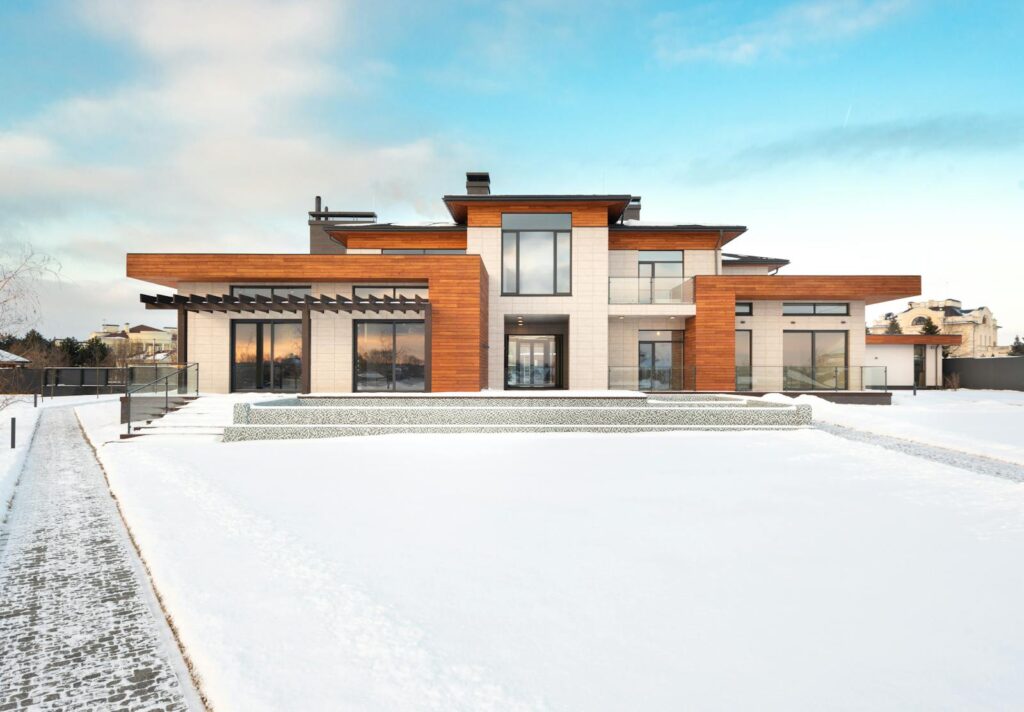
Photo by Max Vakhtbovycn on Pexels
Choosing the Right Partner for Your Cladding Project
When it comes to installing cladding, working with an experienced and reliable partner can make all the difference. South Coast Improvement Company has a proven track record of delivering premium results through their design-build service package.
With over 90% year-to-year repeat business and industry recognition—including a bronze award from the Design-Build Institute of America for building construction projects—SCI is the trusted name for efficiency, quality, and collaboration. Their single-source design-build model ensures absolute accountability from project vision to execution, saving clients time, money, and stress.
Make the Right Choice With Careful Consideration for Your Next Project
Exterior cladding is a significant investment that deserves careful research and consideration. Whether you’re revamping an existing structure or constructing a new building, selecting the right materials and partners can transform your project.
To explore more about cladding and how South Coast Improvement Company can bring your vision to life, learn more about our services.
Learn More About Exterior Cladding
If you’re exploring exterior cladding options for your home or commercial project, understanding the materials, performance, and aesthetics is essential. These resources will help you get started:
- VRIKSHAT – Types of Exterior Wall Cladding | A helpful breakdown of popular exterior cladding options like vinyl, fiber cement, wood, and metal.
- ArchDaily – Cladding | Explore global design examples and trends in architectural cladding.
- Green Building Advisor – Choosing the Right Cladding | Insight on environmental impact, durability, and installation practices.
- Construction Specifier – Innovations in Cladding Systems | Articles on current technologies and trends in commercial and industrial cladding.
- James Hardie – Exterior Solutions Guide | Browse options from a leading fiber cement siding brand, including product specs and inspiration galleries.
- Metal Construction News – Evolution of Aluminum Cladding | Detailed reports and case studies focusing on aluminum cladding systems.
- This Old House – Siding Options for Homes | A homeowner-friendly guide to evaluating cladding choices based on style and budget.
- RIBA Journal – Fire Safety and Regulations | An in-depth look at fire safety, including with cladding.
- Facade Tectonics Institute – Research & Innovation in Building Skins
Academic and industry-led research into the performance of modern façade and cladding systems.
View Our Work
The Overlook – Masonic Health System
"We’re honored to have partnered with The Overlook on this transformative initiative. Our team brought specialized expertise in working within occupied senior living communities, delivering a seamless renovation that aligns with The Overlook’s exceptional standards of...
Hamilton Wenham
Their team was collaborative, responsive, and committed to our shared vision for this space, -Eric Tracy Superintendent, Hamilton-Wenham Regional School District We partnered with the Hamilton-Wenham Regional School District to deliver a brand-new athletic building...
